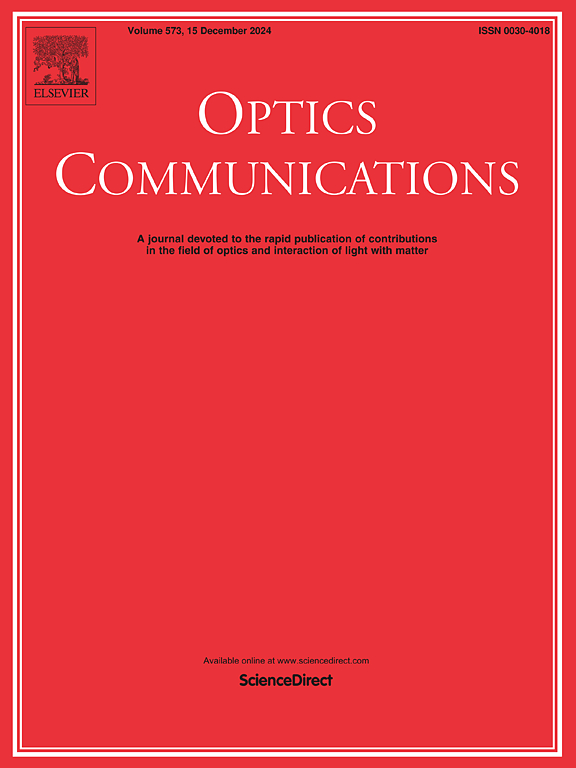Quantitative wavefront sensing with static Foucault and pyramid tests
IF 2.5
3区 物理与天体物理
Q2 OPTICS
引用次数: 0
Abstract
Wavefront sensors (WFS) are now core components in the fields of metrology of optical systems, biomedical optics and adaptive optics systems for astronomy. Nowadays, the most popular WFS is the Shack-Hartmann, which is fully static but suffers from a limited spatial resolution in the pupil plane of the tested optical system. Higher spatial resolutions are achievable with other types of sensors, e.g. the pyramid WFS that requires temporal modulation of the recorded signals and implies high mechanical and electronic complexity. This paper examines the possibility of performing quantitative wavefront sensing inspired from the well-known Foucault test and only comprising static, non-modulated optical components. Here, two candidate designs of static WFS are proposed, based on a set of reflective prisms. Those prisms may be coated with gradient density filters. A simplified mathematical model allows for the definition of the wavefront slopes reconstruction formula and for the calculation of the wavefront itself. Numerical simulations demonstrate that the wavefront measurement accuracy is compliant with classical diffraction limit criteria when using coated prisms. Thus accurate WFE measurements are feasible in that case.
定量波前传感与静态福柯和金字塔测试
波前传感器(WFS)已成为光学系统计量、生物医学光学和天文学自适应光学系统的核心部件。目前,最流行的WFS是Shack-Hartmann,它是完全静态的,但在被测光学系统的瞳孔平面上受到有限的空间分辨率的影响。其他类型的传感器可以实现更高的空间分辨率,例如金字塔WFS,它需要对记录的信号进行时间调制,并且意味着高度的机械和电子复杂性。本文考察了执行定量波前传感的可能性,灵感来自著名的福柯测试,只包括静态的,非调制的光学元件。本文提出了两种基于反射棱镜的静态WFS候选设计方案。这些棱镜可以涂上梯度密度滤光片。一个简化的数学模型允许定义波前斜率重建公式和波前本身的计算。数值模拟表明,使用涂层棱镜时,波前测量精度符合经典衍射极限准则。因此,在这种情况下,精确的WFE测量是可行的。
本文章由计算机程序翻译,如有差异,请以英文原文为准。
求助全文
约1分钟内获得全文
求助全文
来源期刊

Optics Communications
物理-光学
CiteScore
5.10
自引率
8.30%
发文量
681
审稿时长
38 days
期刊介绍:
Optics Communications invites original and timely contributions containing new results in various fields of optics and photonics. The journal considers theoretical and experimental research in areas ranging from the fundamental properties of light to technological applications. Topics covered include classical and quantum optics, optical physics and light-matter interactions, lasers, imaging, guided-wave optics and optical information processing. Manuscripts should offer clear evidence of novelty and significance. Papers concentrating on mathematical and computational issues, with limited connection to optics, are not suitable for publication in the Journal. Similarly, small technical advances, or papers concerned only with engineering applications or issues of materials science fall outside the journal scope.
 求助内容:
求助内容: 应助结果提醒方式:
应助结果提醒方式:


